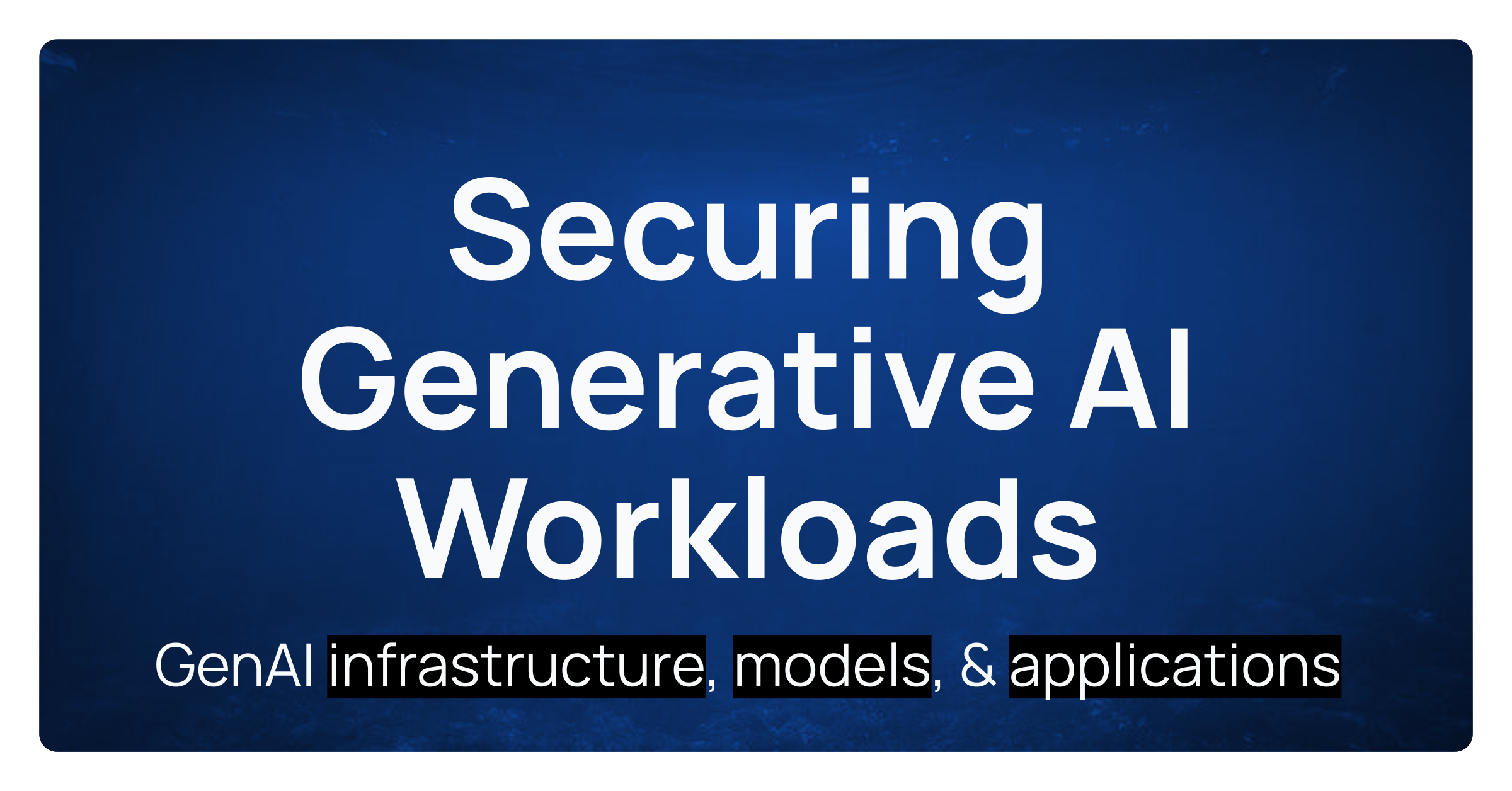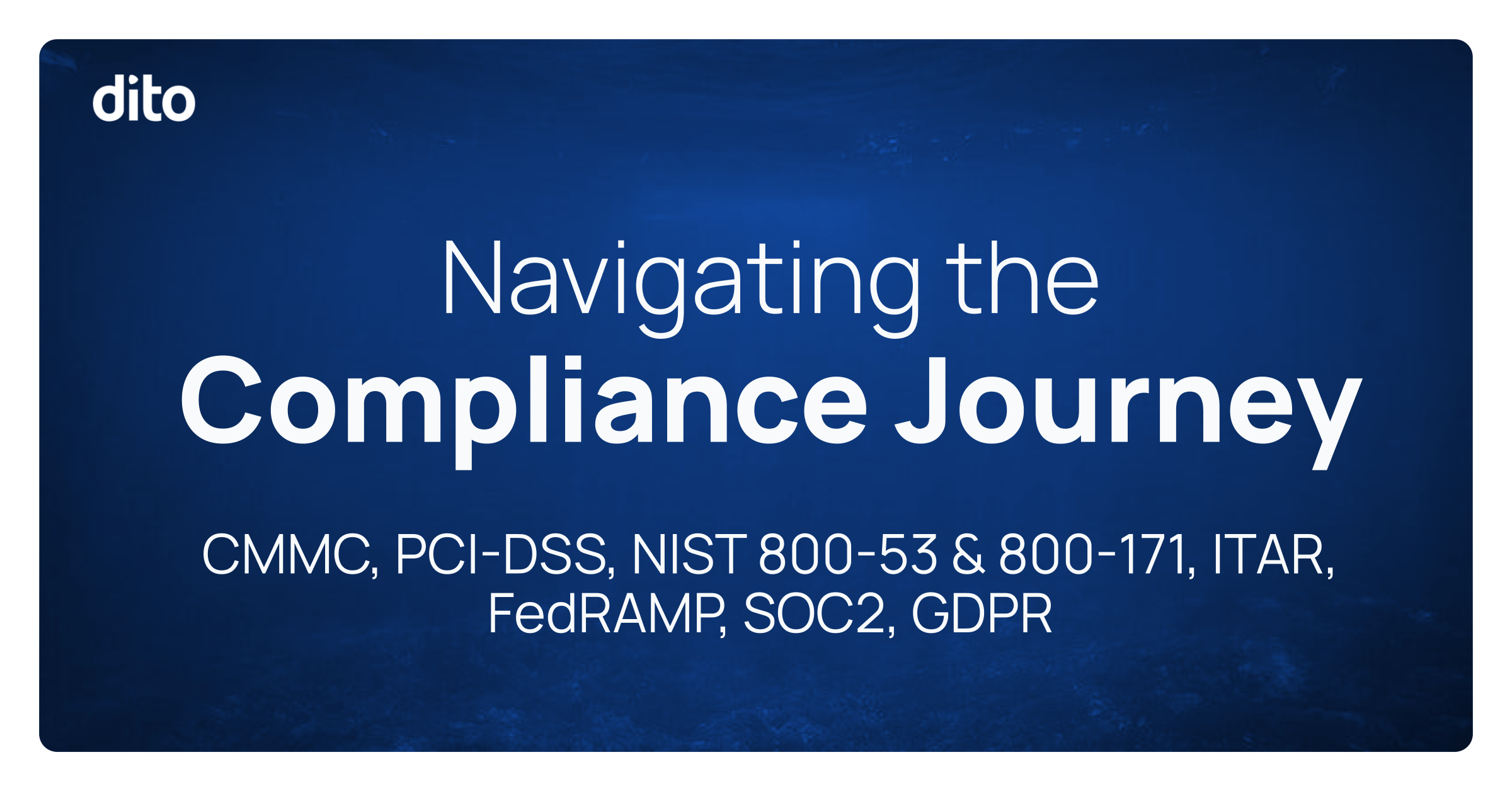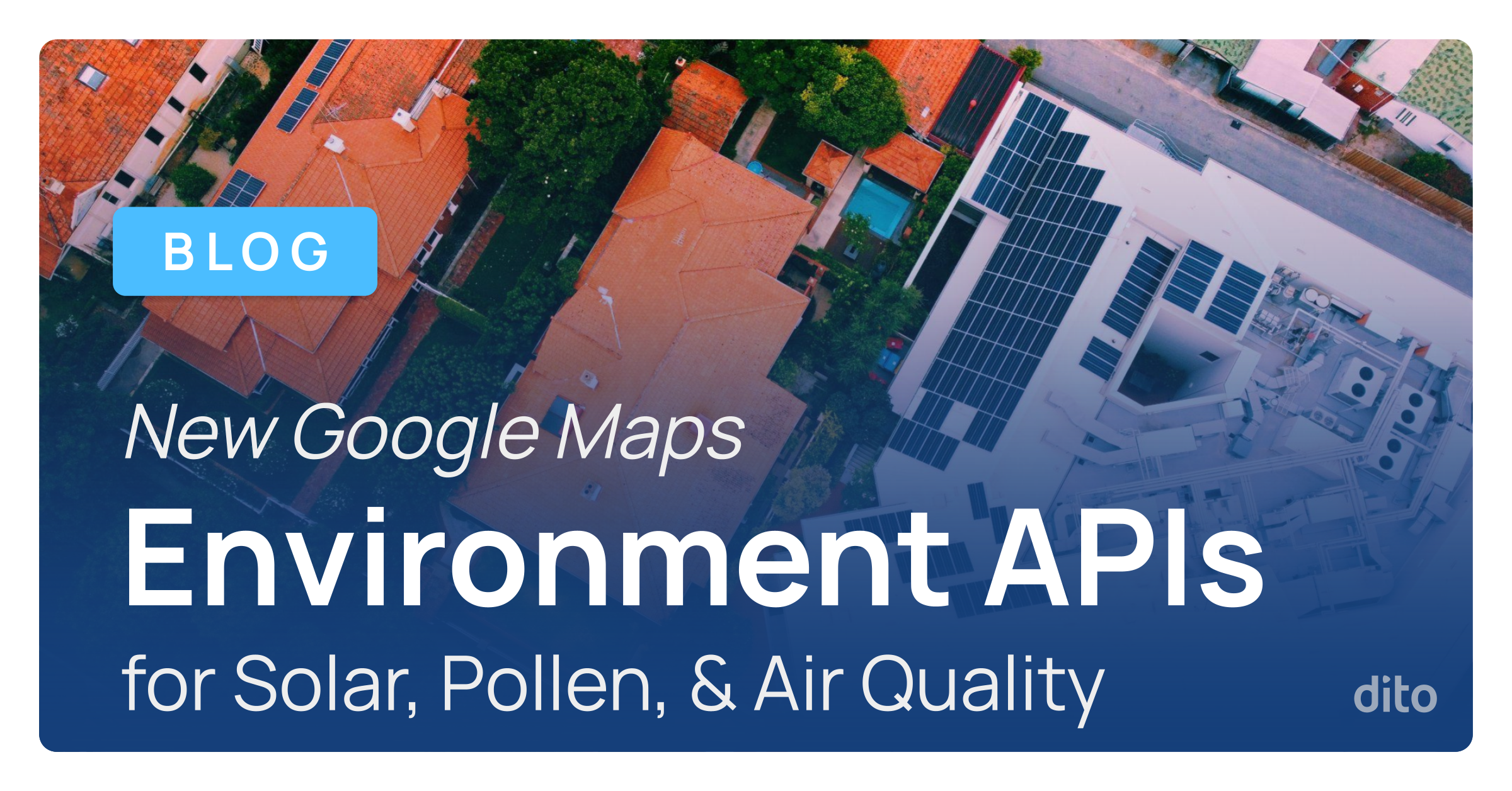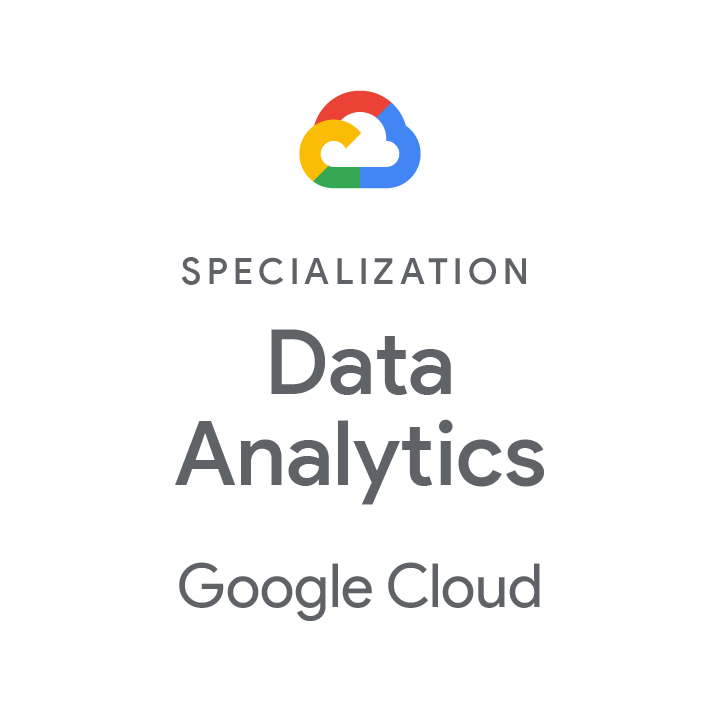Few businesses are in position to run their IT systems entirely in the cloud. Even as cloud computing has matured and become pervasive, the technology isn’t a natural fit as a one-stop destination for most businesses. Of course, the problem has nothing to do with the cloud itself: Platforms are powerful, flexible and cost-efficient enough to allow for a cloud-only IT strategy.
Instead, the issue stems from the value and capabilities of longstanding IT resources in enterprise configurations.
If you’re like most businesses, then chances are you have some infrastructure and services that you started hosting well before the cloud became mainstream enough to handle critical workloads. These systems can still be valuable. Why replace them? The answer, simply, is that it can be overwhelming and expensive to maintain non-cloud systems alongside a modern cloud platform suite. Sharing data between the two environments can require extensive custom programming and nuanced infrastructure plans.
This situation has left many businesses facing a similar problem. On one hand, they have valuable systems that their IT teams don’t want to move away from because these technologies genuinely support what the company needs. On the other hand, getting those solutions to work with their cloud platforms can be so cumbersome that it ultimately holds the organization back. As cloud ecosystems mature, however, new opportunities are emerging.
In some cases, software providers are redesigning their solution architectures to allow for much easier cloud integration. In other instances, popular solutions are being made available in cloud configurations. What’s more, leading cloud platforms are developing partnerships with major software vendors to allow for streamlined development and the creation of a fully integrated cloud environment. This is taking place with SAP and the Google Cloud, as the two titans of the tech industry have come together so users can run SAP solutions in the Google Cloud Platform.
Running SAP apps in the Google Cloud
The Google Cloud team announced its partnership with SAP in 2017, and the relationship has led to a fairly deep integration between SAP’s analytics and data intelligence applications and the Google Cloud ecosystem. The partnership covers a wide range of services, including:
Analytics-focused systems: The Google Cloud is headlined by BigQuery, a big data solution that empowers organizations to accelerate their analytics processes while minimizing technical and cost overhead when running data queries. With this new partnership, organizations can now run data tiering processes across both SAP HANA and BigQuery to drive efficient analysis.
SAP HANA can be housed in Compute Engine instances, leaving users with up to 1.4TBs of memory available for each virtual machine. The Google Cloud can support as many as 16 instances of SAP HANA as they work to run SAP BW or SAP Customer Activity Repository applications. With this much data, the burden of transitioning systems between SAP and the Google Cloud could seem overwhelming, but the dedicated SAP Data Migration Option can work within the Google Cloud to empower organizations to easily move information from premise-based SAP HANA systems into the Google platform.
Google isn’t resting on its laurels trying to ramp up analytics functionality within this partnership. The company has plans to build capacity out to 22TB, with 4TB per virtual machine, for SAP HANA instances running in the Google Cloud.
Advanced in-memory computing: This partnership allows for tight integration between SAP Vora and Kubernetes, allowing users to combine the in-memory computing made available by SAP with the container-focused capabilities of Kubernetes.
Better monitoring and maintenance: The tight cohesion between SAP and Google systems allows the Google Cloud Platform console to pull data from a wider range of sources to monitor key metrics from across the configuration using both SAP HANA and Google’s Stackdriver.
Benefits of aligning the GCP and SAP
In a report published on Medium, Mike Kahn, a customer engineer of the Google Cloud, highlighted some of the benefits that stem from using SAP and the GCP side by side. One of the primary advantages he mentioned is the simple matter of cost. Google is working to shake up the cloud pricing model through innovative policies that handle costs based on workload and application use, creating significant potential for savings and making it easier to pin down the precise cost of running SAP workloads in the GCP.
On a more technical level, the article explained that BigQuery’s efficiency can go a long way in reducing the costs and infrastructure footprint associated with SAP HANA, delivering on significant efficiency gains.
If you want to take advantage of this integration to further “cloudify” your existing SAP systems, we can help. As a Google Cloud Premier Partner, Dito can help you optimize your GCP configuration for maximum performance.









